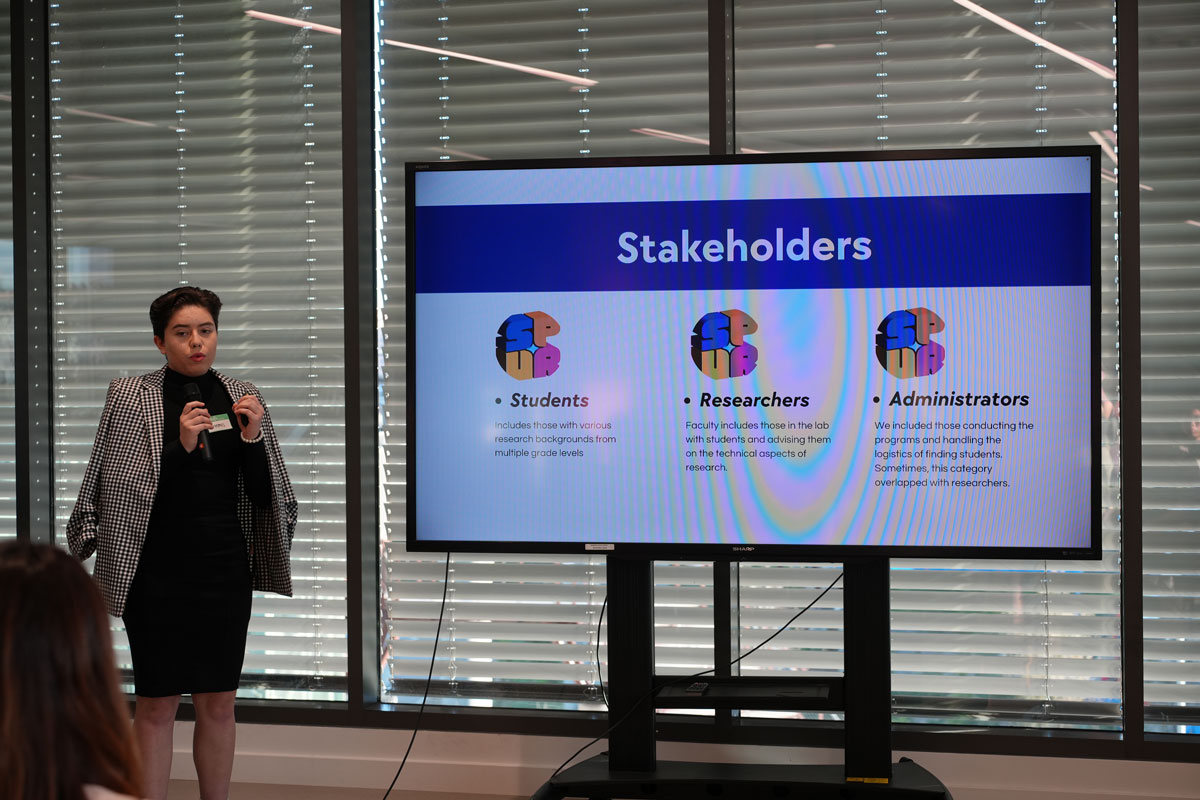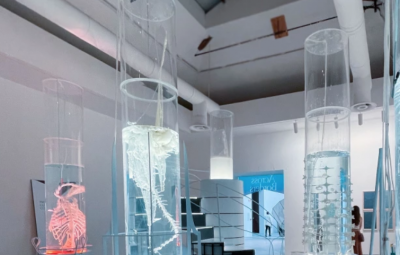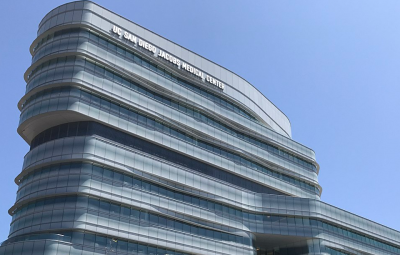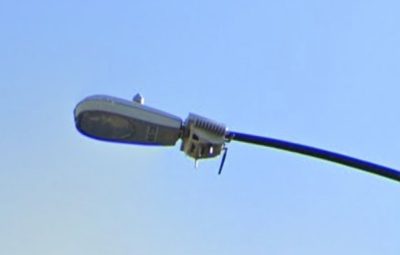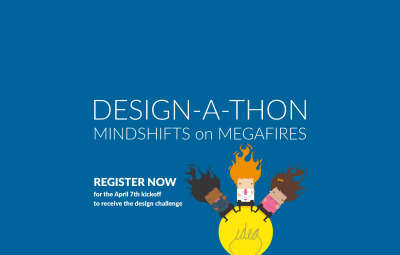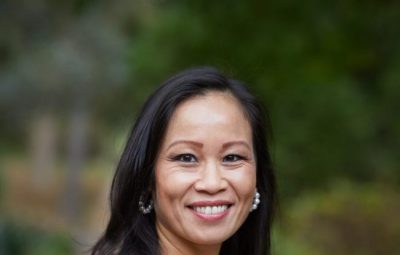The team addresses a fundamental challenge in the academic environment: enhancing the understanding between staff, faculty, administrators, and undergraduate students to foster a productive mentorship culture. This initiative seeks to bridge the gap between these groups, ensuring that students can engage effectively in research activities and that faculty and administrators are equipped to provide the necessary support and guidance.
The project was conceived to improve the interactions between undergraduate students, faculty, and administrators in the context of research and mentorship. Recognizing students’ diverse backgrounds and needs, alongside the responsibilities and challenges faced by faculty and administrators, this project aims to establish a comprehensive framework that facilitates meaningful mentorship experiences.
The primary challenge identified is the need to help staff, faculty, and administrators better understand undergraduate students in a way that provides a structured approach to mentorship.
How might we help staff, faculty, and administrators better understand undergraduate students in a way that provides a framework, activities, and rubrics for mentorship.
This includes the development of frameworks, activities, and rubrics that can guide the mentorship process effectively.
Discover: Stakeholders
Students: This group includes undergraduates from various research backgrounds and academic levels, emphasizing the inclusion of those without prior research experience and transfer or upperclassmen students.
Researchers (Faculty): Faculty members involved in laboratory work and advising students on research aspects, playing a crucial role in shaping the research experience.
Administrators: Individuals responsible for managing programs and logistics related to student research opportunities. This category sometimes overlaps with researchers.
Define: Student Engagement
Key insights from engaging with students revealed:
- The daunting nature of initiating research activities for novices.
- The significant challenge transfer and upperclassmen face in securing research positions.
- A expressed desire for more insight into the administrative aspects of research.
- The need for practical demonstrations, especially concerning the use of expensive equipment.
Define: Faculty & Administrator Engagement
Feedback from faculty and administrators highlighted:
- The perception of undergraduate research as a teaching responsibility conflicts with research duties.
- The importance of selecting appropriate research projects for students’ skill levels.
- The necessity of introducing undergraduates to professional norms and networks.
Updated Problem Statement
How might we help staff, faculty, administrators, and undergraduate students bridge the gap in their relationships to foster a productive mentorship culture.
1. Establish a Timeline
Creating a flexible yet clear timeline for research activities is crucial. This timeline should account for the variable nature of research projects and aim to define clear objectives and milestones for both students and faculty.
2. Structure a Rubric
Developing a rubric requires a thorough understanding of students’ and researchers’ expectations and goals. This involves:
- Engaging in dialogue with all parties to align expectations.
- Crafting a rubric reflecting these shared goals facilitates a productive and mutually beneficial mentorship experience.
This project endeavors to foster a nurturing environment where undergraduate students can thrive under the guidance of faculty and administrators. By addressing the gaps in understanding and expectations between these groups, we aim to create a more cohesive and supportive research community. The following steps, including establishing a timeline and structuring a rubric, are vital in moving towards a more structured and effective mentorship framework.
- Early career faculty often lack the support needed for effective mentorship.
- There is a notable tension between mentoring responsibilities and research productivity.
- Faculty may not be adequately prepared to scaffold tasks for novice researchers.
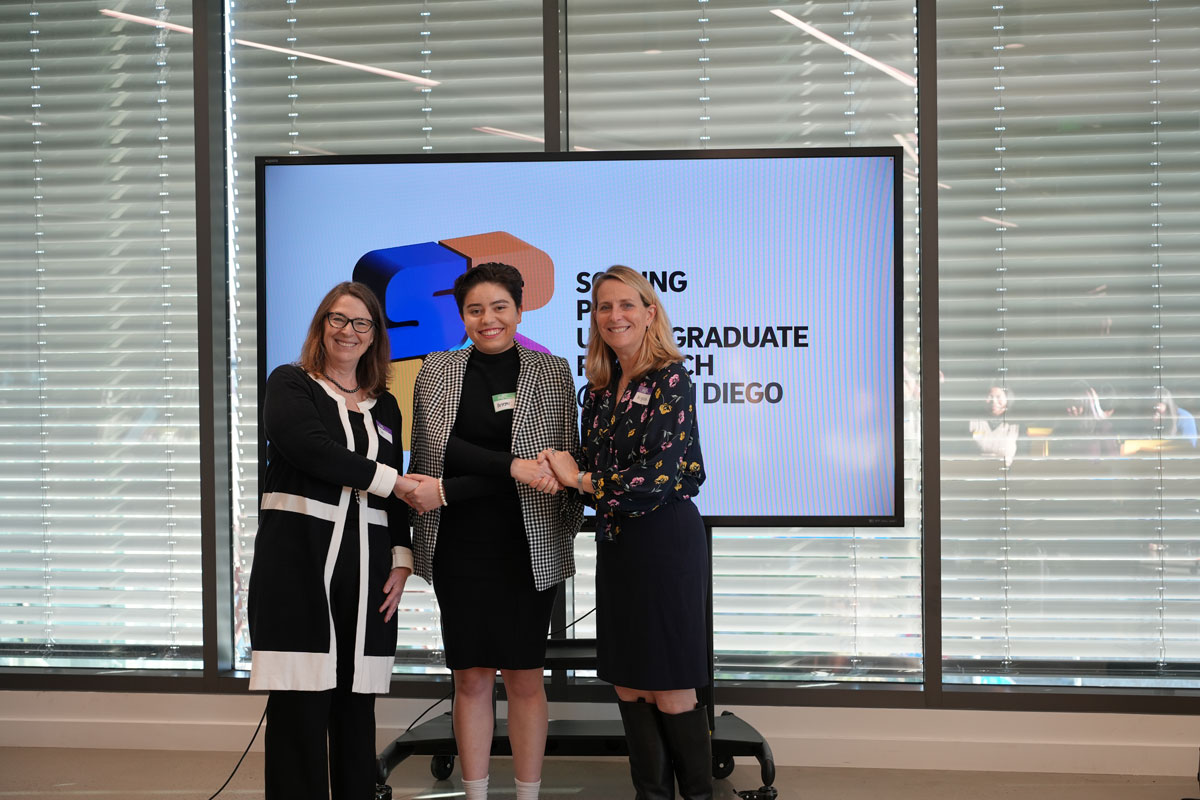
This team collaborated during the SPUR 1.0 program term to further understand a problem statement and develop a potential solution. We recognize the collaborative work of the individuals who furthered our community’s knowledge of scaling paid undergraduate research.
- Edward Olano, URH
- Stanley Lo, Teaching Professor, Cell and Developmental Biology
- Emma (Artemis) Lopez, Student, Cognitive Science (Design/Int)
- Pallavi Singamsetty, Student, Neurobiology
- Janzen Molina, Student, Cognitive Science (Design/Int)
- A.S.H. Harris, Student, Mechanical Engineering / Junior Designer Program
Thank you for evaluating this and other SPUR Team projects. Each evaluation takes approximately 2-minutes to complete.
Please review the story and answer the five questions based on your knowledge, experience, and perspective. Your feedback will help us to learn, work, and develop ideas that will impact paid undergraduate research opportunities at UC San Diego.
